Premium Quality Bentonite Water Swellable Bar 20x25mm
Price 324.0 INR/ Meter
About Premium Quality Bentonite Water Swellable Bar 20x25mm
A Bentonite Water Swellable Bar with dimensions 20mm x 25mm is similar to the 20x20mm version you previously mentioned, but with a slightly larger size. This type of bar is used for waterproofing and sealing joints or cracks in concrete structures, preventing water ingress by swelling when exposed to water.
Key Features of Bentonite Water Swellable Bar (20mm x 25mm):
-
Bentonite Composition:
-
Made from bentonite, a natural clay known for its excellent ability to absorb water and swell. This swelling action forms a seal that is impermeable to water, effectively preventing moisture from entering through the gaps or cracks in concrete.
-
-
Swelling Action:
-
The bentonite bar absorbs moisture when it comes into contact with water, causing it to expand. As the swelling continues, it creates a tight, long-lasting seal that can withstand varying water pressures and fluctuating conditions.
-
-
Durability and Flexibility:
-
These bars are highly durable and flexible, meaning they can adjust to slight movements in the structure without breaking the seal. This flexibility helps maintain an effective waterproofing barrier over time, even as the concrete undergoes expansion, contraction, or slight shifting.
-
-
Self-Activating:
-
Bentonite bars are self-activating, meaning they do not require additional maintenance or external activation after installation. Once in place, they automatically swell upon contact with water, providing continuous protection without the need for ongoing intervention.
-
-
Easy Installation:
-
These bars are typically installed during the construction process, either in formwork or as part of the joint or crack filling. They are generally embedded within the concrete slab or placed around pipe penetrations to ensure that they remain in place.
-
Dimensions Breakdown:
-
20mm (Width): The width of 20mm allows the bar to seal a joint effectively by providing enough material for adequate swelling.
-
25mm (Height/Thickness): With a thickness of 25mm, the bar has a larger volume for absorbing water and swelling, which ensures that it forms a more robust barrier, especially for joints exposed to higher water pressure.
Common Applications:
-
Construction Joints: These bars are often used in joints between different pours of concrete, ensuring that water does not seep through critical areas where two concrete sections meet.
-
Underground and Subterranean Structures: Ideal for tunnels, basements, or any underground facility that is subjected to groundwater or high moisture levels.
-
Water Retaining Structures: These bars are commonly used in dams, reservoirs, water treatment plants, and swimming pools where a strong waterproof barrier is required to prevent water leakage.
-
Pipe Penetrations: Used around pipes and other utility penetrations to prevent water from leaking around the area where the pipe passes through concrete.
Advantages:
-
Long-Lasting Waterproofing: The swelling action ensures that the barrier remains effective even with changes in water pressure, providing long-term protection against water ingress.
-
Natural Material: Bentonite is a natural clay, making the product environmentally friendly compared to synthetic alternatives.
-
No Maintenance: Once installed, these bars do not require any maintenance, providing a hassle-free waterproofing solution.
-
Adaptability: The bars are flexible and can adjust to slight movements in the concrete, ensuring continuous sealing even in shifting conditions.
Benefits Over Other Sealing Methods:
-
Self-Sealing: Unlike some traditional sealants or membranes that require external activation or periodic maintenance, bentonite bars expand automatically when exposed to water, making them a reliable choice for fluctuating water levels or pressure.
-
Effective in Dynamic Conditions: These bars perform well in structures where water pressure may vary, ensuring a consistent and durable seal, even under challenging conditions.
Installation Tips:
-
Positioning the Bar: Ensure the bar is placed properly in the joint or crack, typically in the formwork before the concrete pour. Its important that the bar is not disturbed during concrete placement to ensure a secure seal.
-
Correct Sizing: Ensure the 20mm x 25mm bar fits the width and thickness of the joint or crack. If the joint is larger, a bigger bar might be required to maintain effective sealing.
-
Preventing Drying Out Before Installation: Bentonite bars should be kept moist before installation, as prolonged exposure to dry conditions may reduce their swelling capacity.
-
Joining Multiple Bars: When multiple sections are required, the bars should be joined using a proper connection technique, ensuring no gaps are left between them. Typically, overlaps or sealed joints are used to prevent water from bypassing the bars.
Would you like more information on installation techniques, or how to determine the right size for your project?
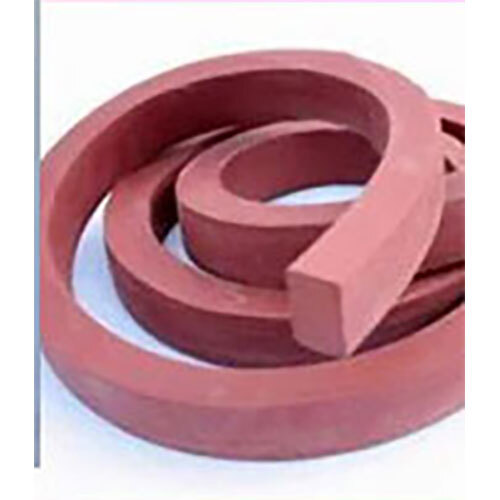
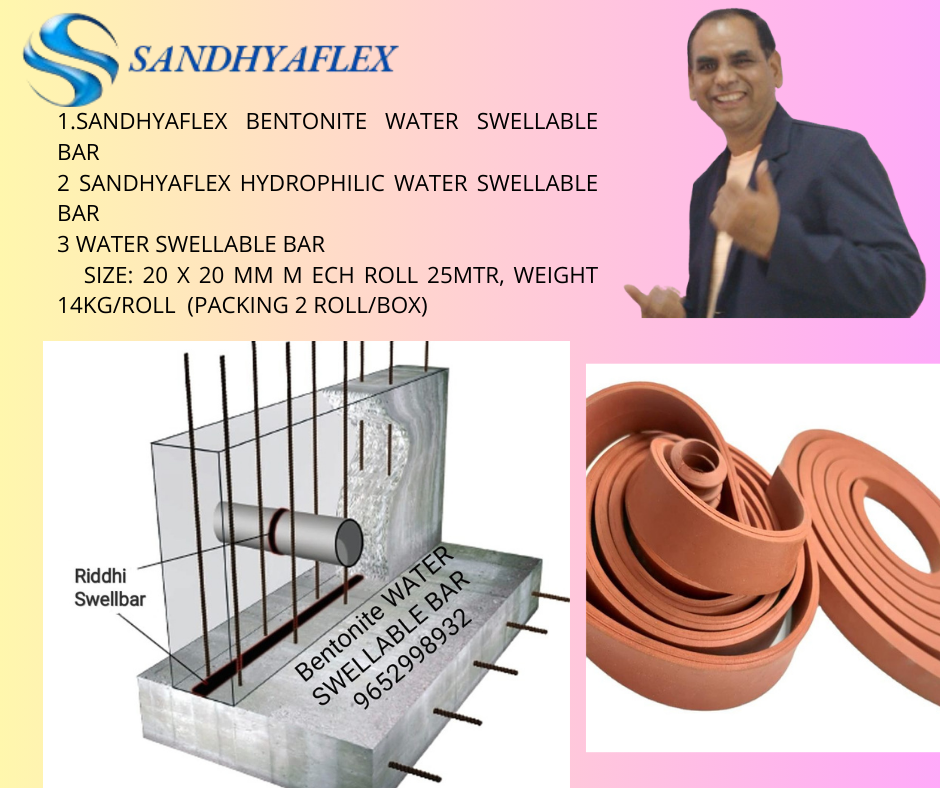
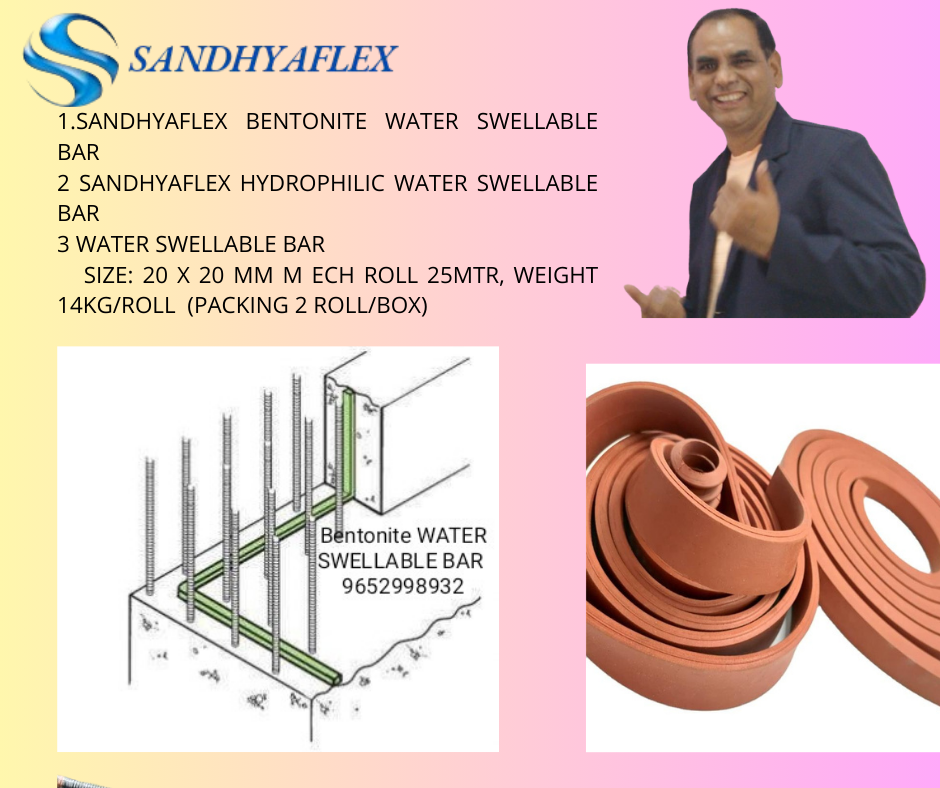
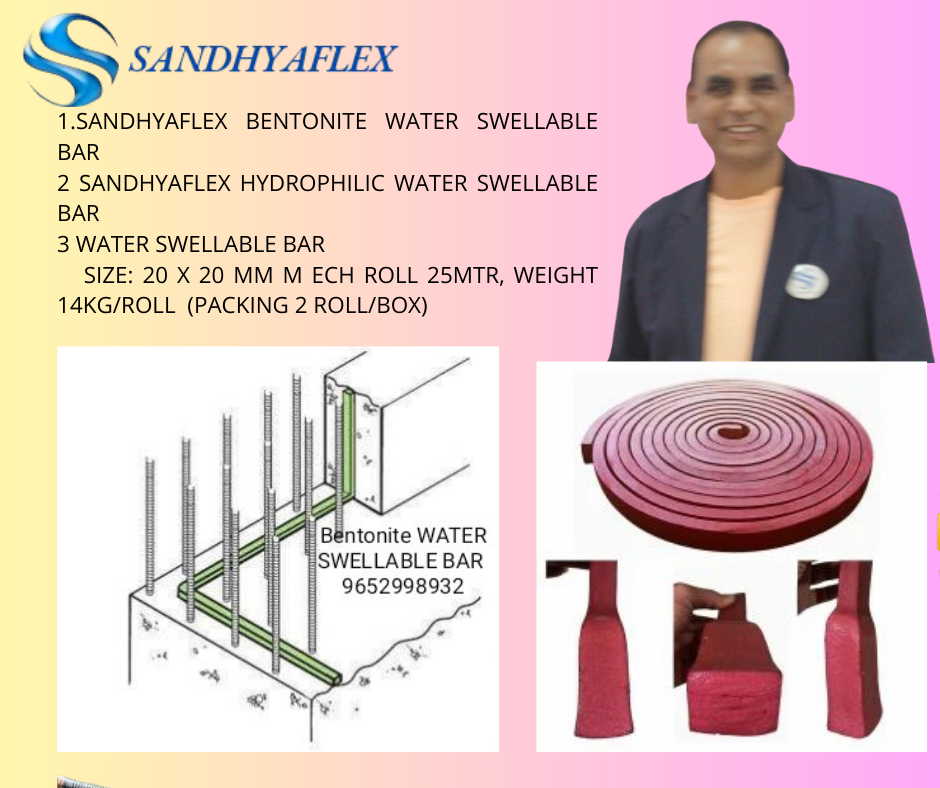

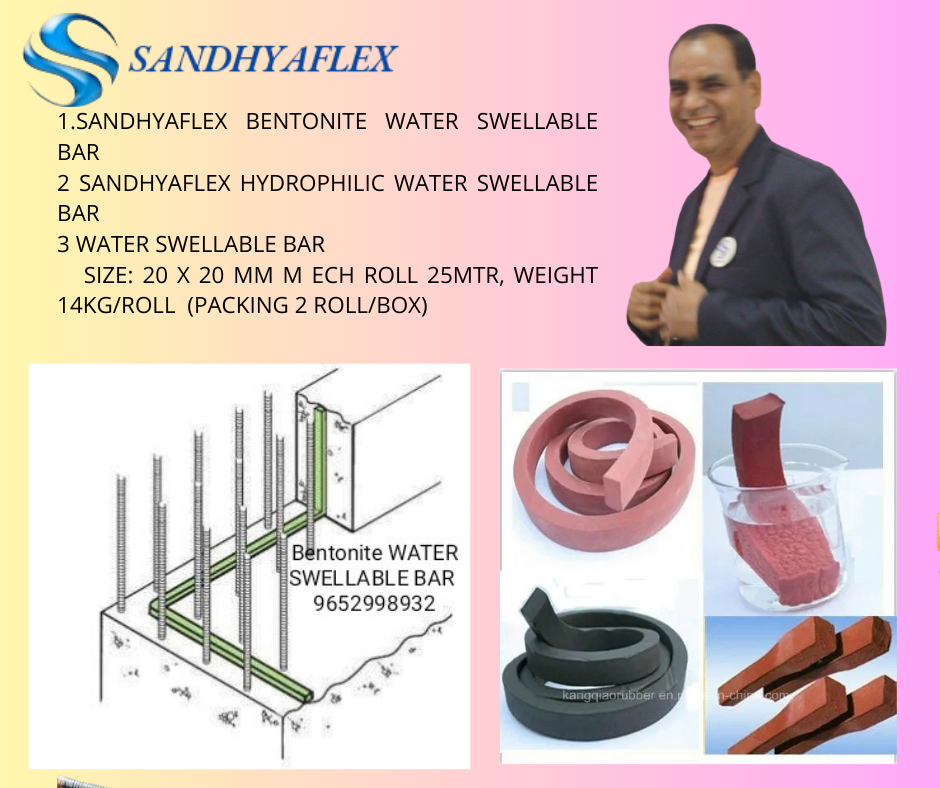

Price:
- 50
- 100
- 200
- 250
- 500
- 1000+
More Products in PVC Water Bar Category
PVC water stopper
Price 135.0 INR / Meter
Minimum Order Quantity : 1 Meter
Feature : Waterproof
Material : PVC
Pvc water stopper
Price 90.00 INR / Meter
Minimum Order Quantity : 1 Meter
Feature : Smooth Surface
Material : PVC Rubber
Application : Pvc water stopper
Hardness : Medium
Premium Hydrophilic Water Smellable Bar
Price 192.0 INR / Meter
Minimum Order Quantity : 1 Meter
Feature : Other, OdorAbsorbing, Water Retentive, Smellable
Material : Polyurethane
Application : Water Filtration, Scent Dispersion, Air Purification
Hardness : 7090 Shore A
Bentonite Water Swellable Bar 20x25mm
Price 324.00 INR / Meter
Minimum Order Quantity : 1 Meter
Feature : Smooth Surface
Material : PVC Rubber
Application : Bentonite Water Swellable
Hardness : Medium

 Send Inquiry
Send Inquiry
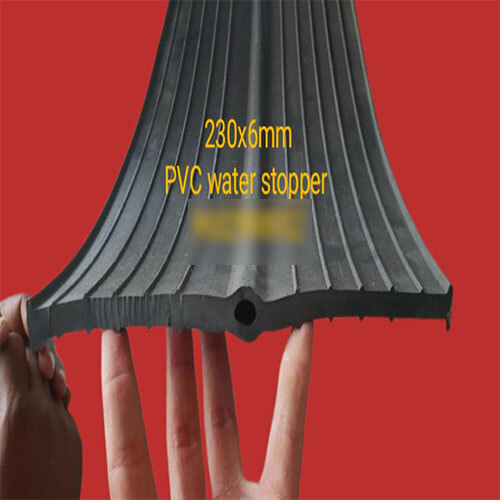
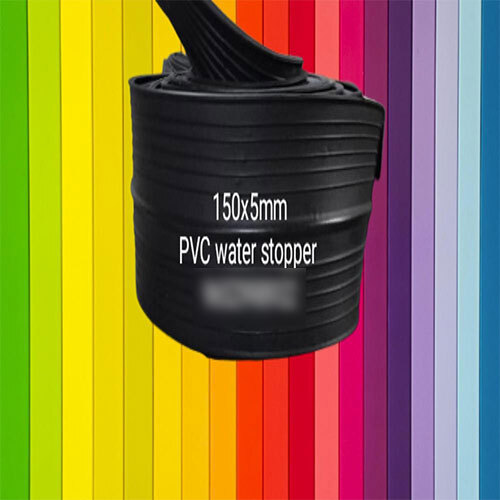
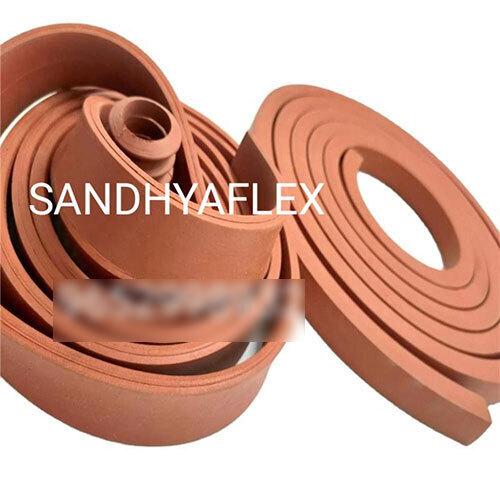
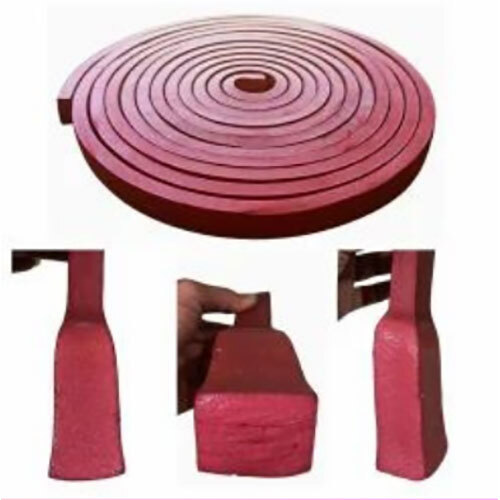


 Send Inquiry
Send Inquiry Send SMS
Send SMS Call Me Free
Call Me Free